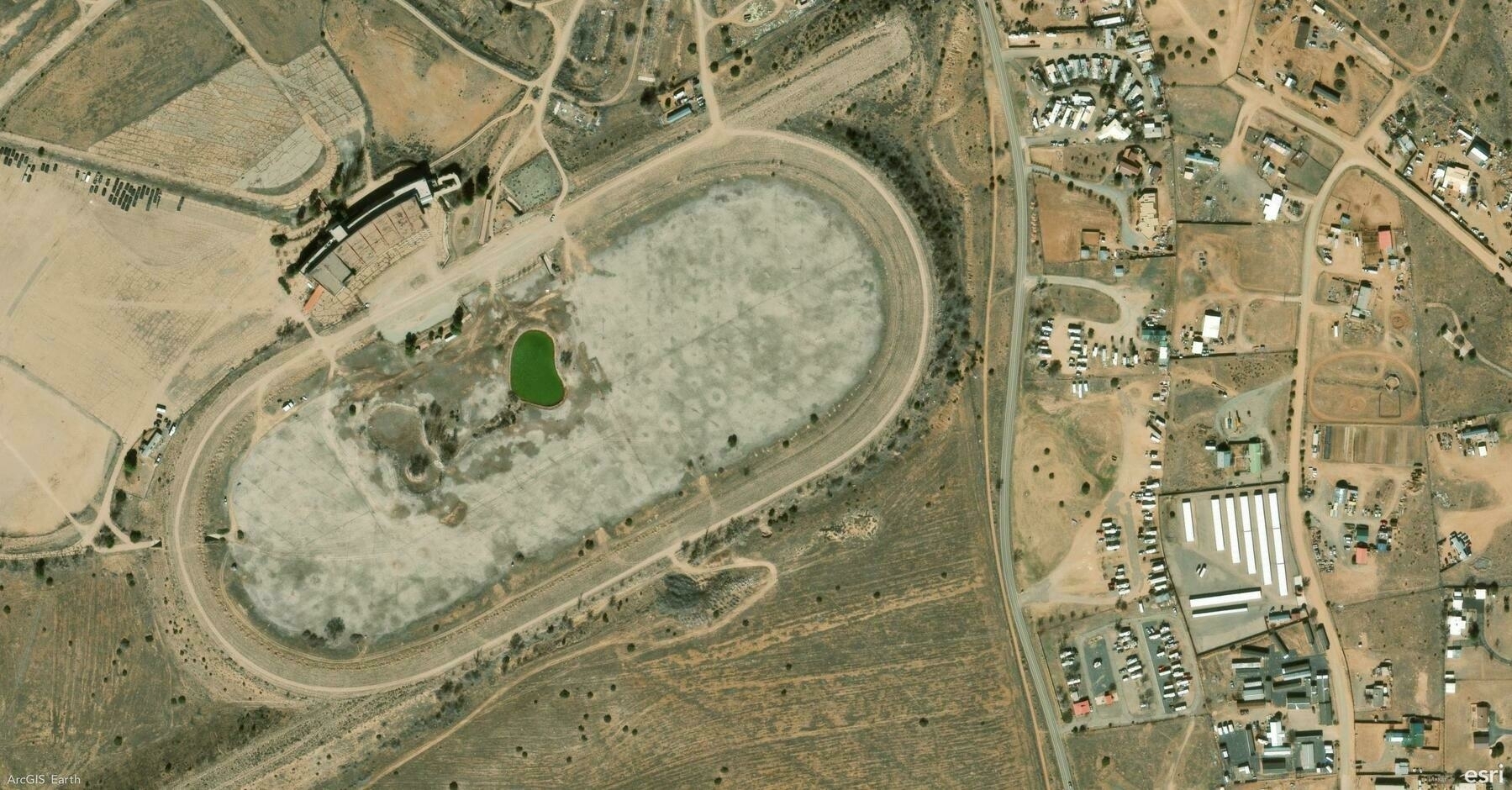Did you know?
ArcGIS Earth supports real-time GNSS (Global Navigation Satellite System) integration, allowing you to track your live location, record movement paths, and capture high-accuracy observation points in a 3D environment. Whether for field data collection, navigation, or situational awareness, GNSS ensures precise positioning—even in disconnected environments.
🛠️ How to Use Real-Time GNSS in ArcGIS Earth:
1️⃣ Connect to a GNSS Receiver for Live Tracking 📡📍 ArcGIS Earth supports built-in GPS sensors and external GNSS receivers using the NMEA messaging protocol. Connect your device via USB, Bluetooth, or a virtual COM port, then activate Real-Time GNSS to display your live location in the scene.
2️⃣ Visualize and Record GNSS Movement in 3D 🌎🚶♂️ Once connected, ArcGIS Earth can zoom to your location, show altitude, accuracy, and satellite signals, and record movement in real-time. You can log positions as observation points or track movements over time to analyze routes and playback past paths.
3️⃣ Import, Export, and Share GNSS Data 📥📤 Review historical movements by importing NMEA files, then replay the recorded track in ArcGIS Earth. Export GNSS observations and tracks as KML files or share them to your organization’s GIS portal for further analysis and collaboration.
🚀 Pro Tips:
1️⃣ Customize Location Display – Enable speed, altitude, and positional accuracy for real-time situational awareness. 2️⃣ Optimize Fieldwork – Combine offline basemaps with GNSS tracking to ensure seamless navigation in remote areas. 3️⃣ Analyze Past Movements – Replay recorded tracks or import NMEA logs to review field activities and historical routes.
